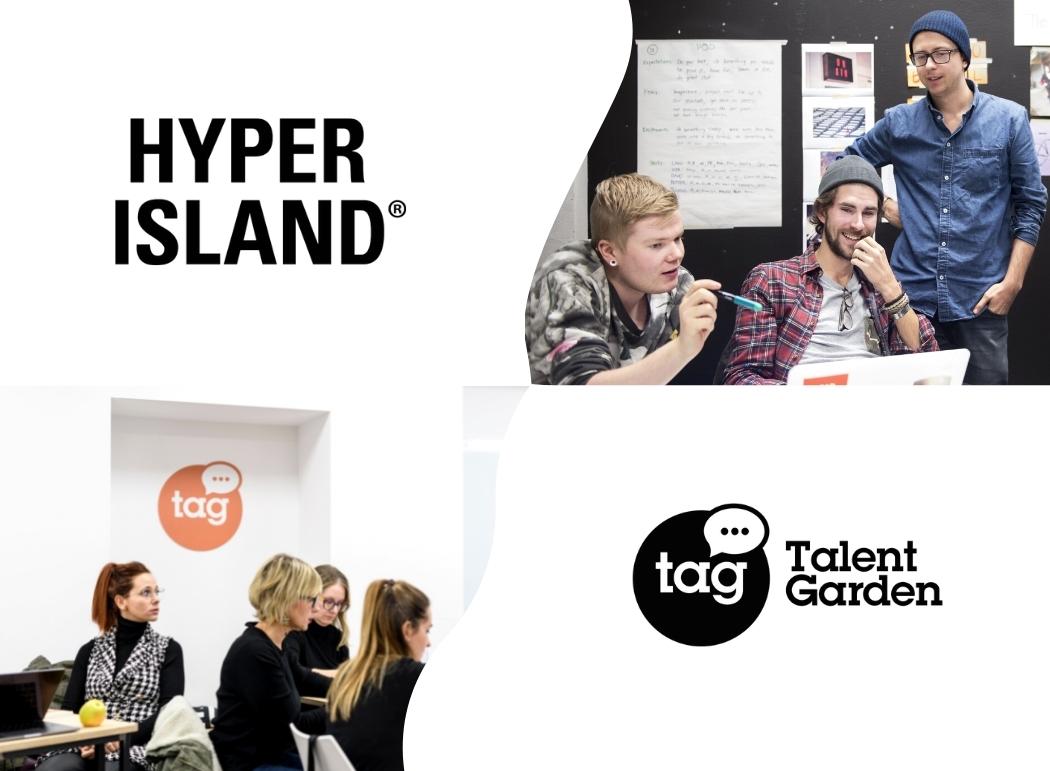- Home
- Business Innovation
- Scrum guide: understanding the Scrum methodology
Business Innovation
2
min read
Scrum guide: understanding the Scrum methodology


Don't you want to read? Try listening to the article in audio mode 🎧
Old fashioned project management methodologies may not be adequate for actual work contexts, where you have to go fast and to move in a nimble way. That’s because Agile methodology has gained so much credit over the years. Scrum is a project management framework within which you can apply the Agile philosophy and you can employ various processes and techniques. It is used mainly for problems that are new to the company, or particularly difficult, cumbersome or complex, and for situations where you need to move fast. A typical example is software development. The name “scrum” is derived from rugby where it means an organised albeit tumultuous formation. So it gives the idea of a bunch of people who formed a cohesive team and moved forward to arrive together at a result.
A scrum project in short
Scrum is a framework designed to make projects go faster. So if you adopt scrum you should never see a project starting and then not delivering anything until it is finished. A scrum project is structured into “sprints”. Sprints are time periods (from 1 week, the shortest possible sprint, to 4 weeks) during which a scrum team commits to accomplish certain things. At the end of each sprint, those things must be delivered. The team itself chooses what to work on during each sprint and is responsible for that. So no micromanagement here. At the beginning of each sprint there is a “sprint planning meeting” where decisions are taken. Then at the beginning of each day there is a very short meeting of about 15 minutes. This is iterated until the project ends. Tasks do be done are taken from the so called “product backlog”, a list of activities, with prioritisations and dependencies. These are compiled at the beginning of the project but can always be modified, by adding new items (also called “stories”) or by re-prioritising the existing ones. The backlog is the scrum equivalent of the requirements. Any member of the team can change the backlog (scrum is a very democratic way of working).The scrum team
A scrum team is composed of three elements: the scrum master, the product owner and the team (5 to 9 members).- The scrum master is some sort of “facilitator”: she calls the meetings, ensures that there is an apt location, and then that each member of the team has what they need to work smoothly. She is the one in charge of resolving any issue that may happen to the group. She will assist the team in planning the steps and the things to be done during the sprints but she will not take any decision except for the sprint length. She is similar to a project manager except that she does not manage but gives assistance.
- The product owner is the key team member. She is in charge of defining, writing, inserting and prioritising the “stories” (the client requirements) into the backlog. She must also take care of how the team works and if it effectively produces value in the right time-span. She answers any questions the team members may have concerning the backlog items.
- The team members decide in full autonomy what they want to work on and which and how many of the backlog items can be done during the sprint duration. They take full responsibility for this. Of course, when choosing items the team members should take into account priorities and dependencies.
Article updated on: 09 August 2023

Don't Waste Your Talent. Turn It Into a Career With a Course That Fits Your Needs!
Talent Garden is your Digital Skills Academy, offering courses in Digital Marketing, UX Design, Digital HR and Data Analysis designed to launch your career.
Keep reading

5
min read
What is Data Scraping and what are its applications for Data Analysis
Data Scraping is an extremely wide-ranging subject that covers several contexts, from content optimization for search ...
Talent Garden
04/05/2022

5
min read
Growth Hacking: How marketing is changing and what you can do about it
Growth hacking is more than a fluffy buzzword used by young marketers to trick their way into a fast-paced career. ...
Talent Garden
03/10/2019

4
min read
Europe’s leading digital education player: Talent Garden + Hyper Island
The global digital education market will grow from $8.4 billion in 2020 to $33.2 billion by 2025, making it one of the ...
Talent Garden
29/11/2021

7
min read
Faculty Stories: Christoph Schachner, Growth Hacker
Christoph Schachner is Head of Growth at WeAreDevelopers and part of our faculty of the Growth & Digital Marketing ...
Talent Garden
31/07/2019
